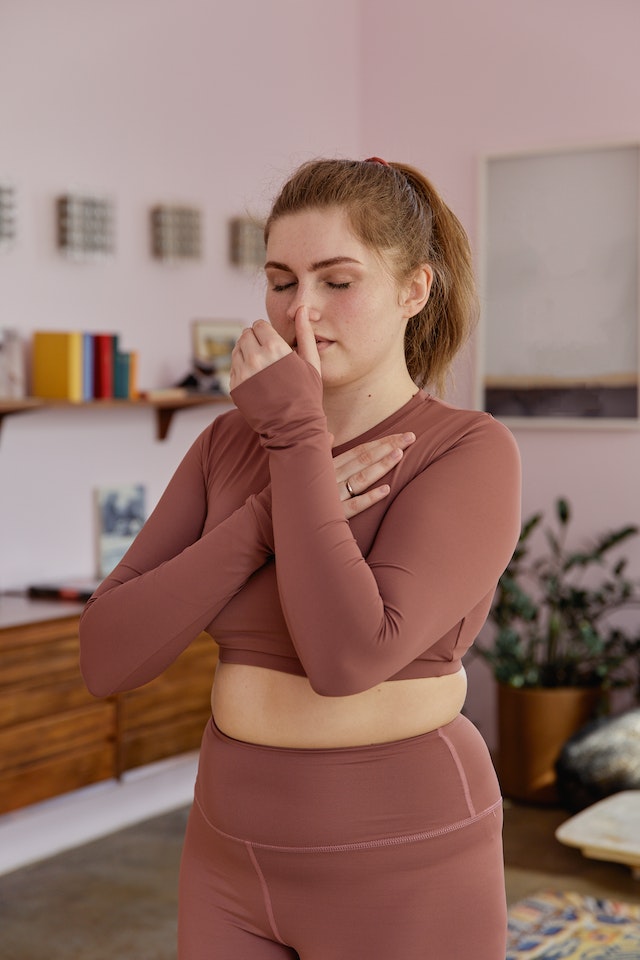Introduction: Breathing is a fundamental aspect of our daily lives, but did you know that conscious and controlled breathing can significantly improve your overall well-being? In this ultimate guide, we will explore a variety of easy breathing exercises that can help you breathe better and feel better. These exercises are simple, effective, and can be incorporated into your daily routine with ease. Get ready to harness the power of your breath and unlock a world of health benefits.
- Diaphragmatic Breathing: Diaphragmatic breathing, also known as belly breathing, is a foundational technique that promotes deep relaxation and reduces stress. Follow these steps to practice diaphragmatic breathing:
- Find a comfortable seated position or lie down.
- Place one hand on your chest and the other on your abdomen.
- Inhale slowly through your nose, allowing your abdomen to rise as you fill your lungs with air.
- Exhale through your mouth, gently contracting your abdominal muscles to expel the air.
- Focus on the sensation of your breath moving in and out, emphasizing the movement of your diaphragm.
Practicing diaphragmatic breathing regularly can enhance oxygen intake, calm your nervous system, and promote a sense of well-being.
- Equal Breathing: Equal breathing, or sama vritti, is a technique that helps balance and regulate your breath. It can be particularly useful for reducing anxiety and enhancing focus. Follow these steps to practice equal breathing:
- Sit comfortably and relax your body.
- Inhale slowly through your nose to a comfortable count, such as four.
- Exhale through your nose for the same count, maintaining a steady and controlled pace.
- Continue inhaling and exhaling for an equal count, focusing on the rhythm of your breath.
By synchronizing the inhalation and exhalation, equal breathing brings balance to your body and mind, promoting a sense of calm.
- Pursed Lip Breathing: Pursed lip breathing is a simple technique that can help improve lung function, alleviate shortness of breath, and reduce anxiety. Follow these steps to practice pursed lip breathing:
- Relax your body and find a comfortable sitting or standing position.
- Inhale slowly through your nose for a count of two.
- Purse your lips as if you were about to blow out a candle.
- Exhale gently through your pursed lips for a count of four.
- Continue this pattern of inhaling through your nose and exhaling through pursed lips.
Pursed lip breathing helps slow down your breathing rate, improve oxygen exchange, and promote relaxation.
- 4-7-8 Breathing: The 4-7-8 breathing technique is a powerful exercise for calming the mind, reducing stress, and promoting better sleep. Follow these steps to practice 4-7-8 breathing:
- Sit or lie down comfortably.
- Close your eyes and take a deep breath through your nose to a count of four.
- Hold your breath for a count of seven.
- Exhale slowly and completely through your mouth, making a whooshing sound, to a count of eight.
- Repeat this cycle three more times, for a total of four breaths.
By extending the exhale, 4-7-8 breathing triggers the body’s relaxation response, helping you feel more centered and at ease.
- Box Breathing: Box breathing, also known as square breathing, is a technique that focuses on equalizing the length of your breath cycles. It can help reduce stress, increase mental clarity, and improve concentration. Follow these steps to practice box breathing:
- Find a comfortable position and relax your body.
- Inhale slowly through your nose to a count of four, feeling your abdomen rise.
- Hold your breath for a count of four.
- Exhale slowly through your mouth to a count of four, emptying your lungs.
- Hold your breath again for a count of four.
- Repeat this cycle for several minutes, maintaining a steady and controlled pace.
Box breathing provides a structured breathing pattern that can bring about a sense of calmness and equilibrium.
Conclusion: Incorporating these easy breathing exercises into your daily routine can have a profound impact on your well-being. Whether you seek relaxation, stress reduction, improved focus, or better sleep, these techniques offer a gateway to a healthier and more balanced life. Remember to start slowly, be patient with yourself, and make these exercises a regular part of your self-care routine. Take a deep breath, embrace the power of your breath, and discover the transformative effects it can have on your overall health and happiness.











